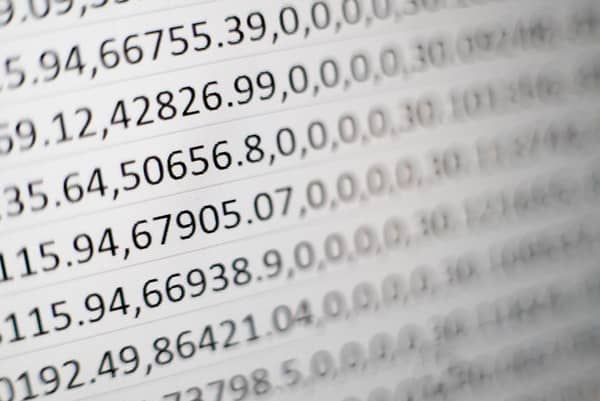Availability of Data for Specific Research Purposes

Data availability has increased exponentially in recent years due to the growth of the internet and social media. This has led to a wealth of data being available for specific research purposes.
However, access to this data is not always easy, and it is often necessary to pay for access. This article will discuss the availability of data for specific research purposes and how to get access to it. Keep reading to learn more.
Defining Data Availability
Data availability is the degree to which data can be accessed when needed. This means that the data is accessible by authorized users, when needed, and in a timely manner. Data availability is important because it allows users to make timely decisions. There are several factors that can affect data availability. One factor is the location of the data. If the data is located in a remote location, it may be difficult to access. Another factor is the security of the data. If the data is not secure, it may be accessed by unauthorized users, which will prevent the data from being used when necessary. There are also several ways to improve data availability. One way is to improve the accessibility of the data. This can be done by making the data available in a remote location, or by making the data available in a secure location. Another way to improve data availability is to improve the timeliness of the data. This can be done by making the data access easy as soon as it is collected or by making the data available in a timely manner.
How Data Availability Works?
In the context of big data, data availability is the degree to which data is accessible when necessary. Data is essential for business operations, decision making, analytics, and other purposes. The goal is to have the data available when it is needed and in the proper format. The overall availability is impacted by how the data is created, stored, processed, and used. This is because data availability is determined by the design of the big data system. The system must be able to handle the required throughput, volume, and variety of data. Plus, the system must also be able to quickly access the data to meet performance requirements.
Types of Data

There are many different types of data that are available for specific research purposes. The most common type is numerical data, which is collected in the form of statistics. This is often used to measure and analyze trends. Other types of data include text data, which is collected in the form of written surveys or interviews, and image data, which is collected in the form of photographs or video footage. Each type has its own strengths and weaknesses, and it is important to select the right kind of data for each individual research project.
The Importance of Accuracy for Research
Researchers should use the most accurate data possible in order to avoid inaccuracies in their findings. The article provides several examples of how inaccurate data can lead to flawed research conclusions. It is important for researchers to carefully consider the source of their data and to use appropriate methods for verifying its accuracy.
Restrictions on the Use of the Data
Data can be used for a variety of research purposes, but there are certain restrictions that must be followed. For example, the data may only be used for academic research and not for commercial purposes. The data may also only be used for non-profit research projects. Researchers must obtain permission from the owner of the data before using it for any purpose other than those listed in the agreement.
Availability of Government Data

The availability of government data has been a topic of discussion in the United States for many years. The federal government has made a number of data sets available to the public in an effort to increase transparency and accountability. However, there are a number of challenges that researchers face when trying to access these data sets. One challenge is that the data is often not well organized or accessible. In addition, the data may be difficult to use due to its format or lack of documentation. Another challenge is that the government frequently changes its policies governing access to data, which can make it difficult for researchers to keep up with the latest regulations. Despite these challenges, there are a number of benefits to accessing government data. First, government data is often more current than other sources of information. Second, it can be used to verify information from other sources. Third, it can help researchers understand how decisions are made by government agencies. Finally, it can be used to track trends over time.
Applications of Data Availability
There are many different applications of data availability. One of the most important is in the area of business continuity and disaster recovery. Companies need to be able to access their data in order to continue to operate. Another application is in the area of research. Scientists need to be able to access data in order to conduct their research. The data also needs to be available in a form that can be used for analysis. Another application is in the area of security. Organizations need to be able to access their data in order to protect it from being stolen or compromised.
Data Backups
Data availability involves accessibility, but it also involves protecting your data to ensure it’s safe. And backing up your data is another crucial step in protecting your information. There are many ways to back up your data, but the most important thing is to make sure that it’s done on a regular basis. This means that you should back up your data at least once a week. There are many ways to back up your data. You can use an external hard drive, a USB drive, or a cloud-based storage system. However, the best way to back up your data is by using a combination of these methods. This will ensure that your data is safe, no matter what happens.
Overall, the availability of data for specific research purposes is important in order to draw accurate conclusions. However, the use of data must be approached with caution, as data can be misleading or misinterpreted without careful analysis.






